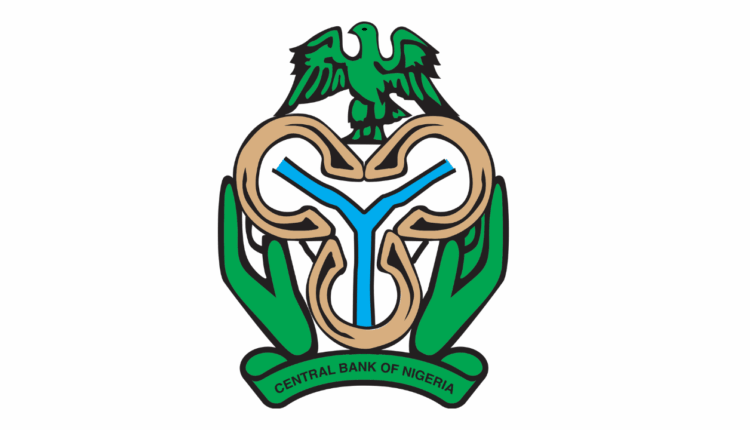Deposit Money Banks’ borrowing from the Central Bank of Nigeria (CBN) in the first five days of July 2024 hit an all-time high of N5.38 trillion.
This represents a 245 per cent increase from N1.56 trillion borrowed by banks in the first five days of June 2024.
Year-on-year, it represents a 202 percent rise from N1.78 trillion borrowed by banks in the first week of July 2023, according to data from the CBN.
The process, known as Standing Lending Facility (SLF), is one way the central bank makes liquidity available to the banks.
Analysts say banks might be facing short-term liquidity shortages and need to borrow from the central bank to meet their immediate obligations, such as covering withdrawals or funding loans.
“We are currently experiencing an illusion of money. In absolute terms, the amount appears lower,” said Ayokunle Olubunmi, head of financial institutions ratings at Agusto Consulting.
He added that while the figures might seem substantial at first glance, converting them to dollars and comparing their value to three years ago reveals a significant decline.
The CBN has raised its benchmark interest rate, known as the Monetary Policy Rate (MPR), by 750 basis points to 26.25 percent in May 2024, from 18.75 per cent in July 2023, to rein in inflation, which is 33.95 per cent as of May 2024.
The apex bank has issued over N1.5 trillion in Open Market Operation (OMO) bills since Olayemi Cardoso took over the helm as governor in a bid to stem inflation and prop up the naira.
Banks operate on money, and they often require funds to finance transactions. Olubunmi noted that the tightening of liquidity by the banking sector regulator has been a key factor driving banks to seek funds from the CBN window.
Chief investment officer, Cowry Asset Management, Alatise Yusuf, said banks see CBN as their last resort in their demand for liquidity to carry out their funding obligations. This happens in the face of a high interest rates environment.
“On Thursday, we saw the Overnight NIBOR at 32.4 per cent, which indicates that system liquidity thinning is still on the rise while banks sought for funds as lending rates trend upward.”
According to him, this is actually a move by the CBN to mop up excess liquidity in the banking system which will further lead to reductions of total banknotes in circulation.
“I think, in addition, banks’ treasury is drying up due to investors reclassifying their assets as a result of high rates. So, banks need to shore up with CBN as lender of last resort.
“The CBN in its February 2024 Monetary Policy Committee (MPC) meeting, raised the Cash Reserve Ratio (CRR) of banks from 32.5 per cent to 45.00 percent. In March 2024, it adjusted the CRR for merchant banks from 10.0 per cent to 14.0 percent,” he said.
Also, senior relationship manager, Corporate Banking Group, FSDH Merchant Bank, Ayodele Akinwunmi, explained that the CBN acts as the bank of last resort. “This means that when banks need to cover short positions after borrowing money from each other or from the public, they can turn to the interbank market, which is very active. If necessary, banks are permitted to borrow from the CBN. This practice is standard worldwide, including in the US, UK, and other developed countries, where banks borrow from their central banks to provide discounting facilities. Such lending is always secured and is typically short-term, often overnight, to cover immediate needs. There is no cause for alarm in this process.”
“In Nigeria, these borrowed amounts are relatively small compared to the assets of Nigerian banks, which are valued in trillions. Therefore, borrowing such amounts is not significant because Nigerian banks have seen substantial growth,” he said.
In terms of banks deposit with the CBN, known as Standing Deposit Facility (SDF), commercial lenders deposited N172.17 billion in the first week of July 2024, lower than N232.18 billion deposited in the first trading week of July 2023, data from the CBN indicated.
The CBN last year lifted the N2 billion daily limit on funds placed at the SDF window. This change led to an increase in net deposits from banks over the past year.

